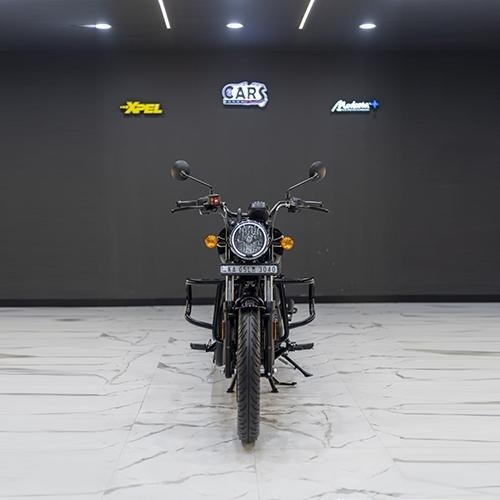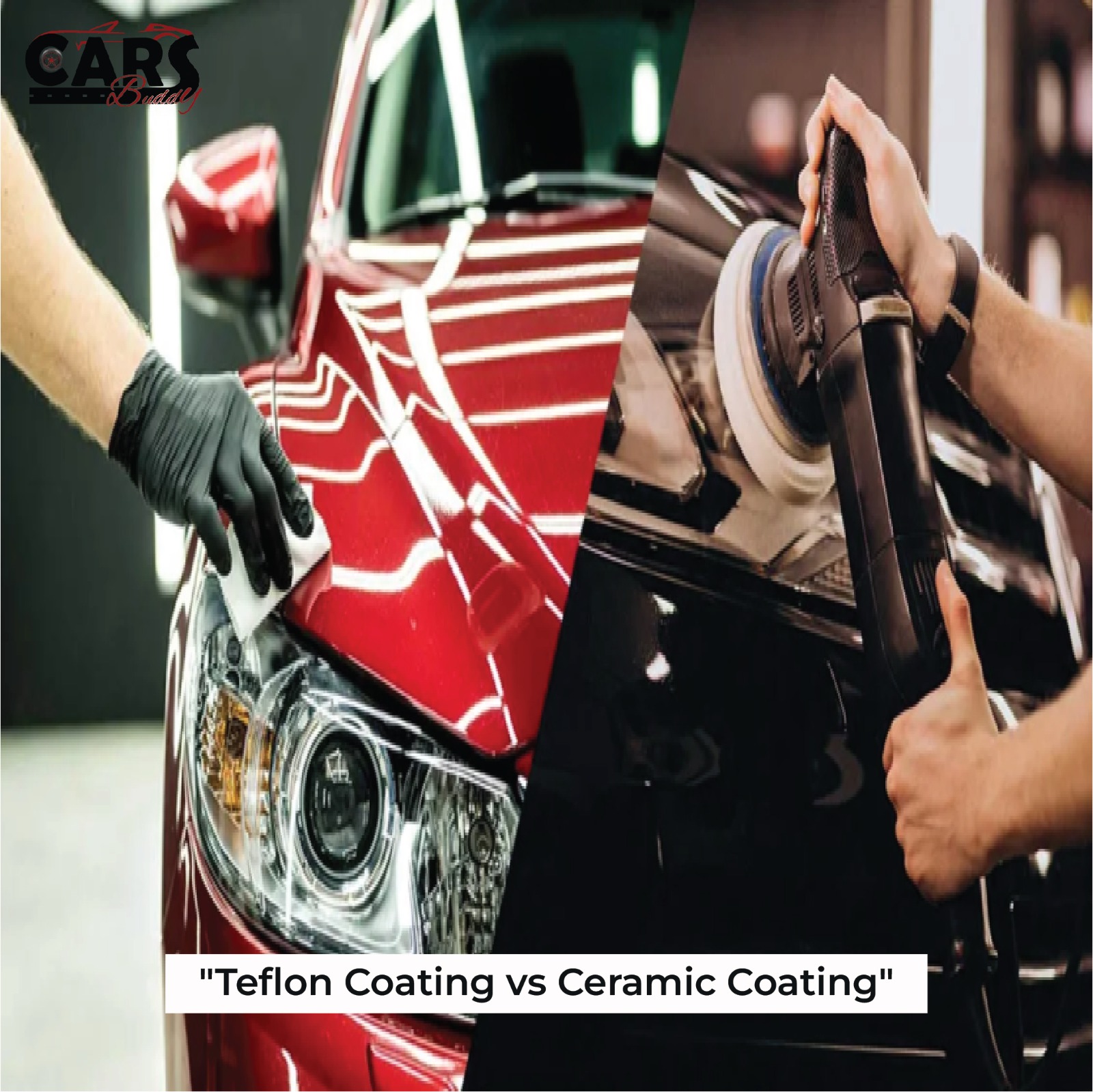
Your Ultimate Guide to Bike Detailing
Your bike is your trusty steed, conquering commutes and weekend adventures with tireless devotion. But just like any valued companion, it deserves some pampering now and then.
The art of bike detailing is a meticulous process that goes beyond a quick wash and leaves your motorcycle gleaming like new. This comprehensive guide lets you into the world of bike detailing, equipping you with the knowledge and steps to transform your two-wheeled companion.
Why Detail Your Bike?
Beyond the undeniable satisfaction of a spotless ride, detailing offers several benefits:
• Preserved Value: Regular detailing protects the paintwork and chrome from the elements, extending your bike’s lifespan and resale value.
• Improved Safety: Removing grime from brakes and lights ensures optimal performance.
• Pride of Ownership: There’s an undeniable satisfaction in riding a bike that looks showroom-fresh.
Gathering Your Essentials
Before you embark on your detailing journey, gather the necessary supplies:
• Washing Supplies: Buckets, microfiber wash mitts, car wash soap (specifically formulated for motorcycles – avoid harsh detergents), tire cleaner, and a hose with a nozzle for controlled water flow.
• Cleaning Products: Degreaser for the drivetrain, chain lube, motorcycle-specific polish and wax, glass cleaner for the windshield, and a multi-surface cleaner for non-painted parts.
• Drying and Polishing Tools: Microfiber drying towels, polishing cloths, and compressed air for hard-to-reach areas.
• Protective Gear: Gloves, safety glasses, and a mask (especially when working with degreaser) are essential for your safety.
The Step-by-Step Guide to Bike Detailing
Now, let’s get down to business!
1. Pre-Cleaning:
• Park your bike in a shaded area: Direct sunlight can cause water to evaporate too quickly, leaving streaks.
• Remove loose debris: Use a soft brush to remove leaves, twigs, and dust from the body, wheels, and chain.
• Rinse the bike thoroughly: Use a gentle stream of water to loosen and remove any loose dirt and grime.
2. Washing:
• Fill a bucket with clean water and car wash soap solution.
• Dip your wash mitt into the soapy solution and wash the bike section-by-section. Start from the top and work your way down, focusing on areas with heavy grime.
• Rinse the wash mitt frequently to avoid spreading dirt.
• Clean the wheels separately: Use a dedicated wheel cleaner and a separate wash mitt to avoid transferring dirt to the bike’s body.
• Rinse the entire bike thoroughly to remove all traces of soap residue.
3. Degreasing the Drivetrain:
• Apply a degreaser specifically formulated for motorcycles.
• Follow the product instructions, paying attention to dwell time (the time the degreaser sits on the surface before rinsing).
• Use a dedicated chain cleaning tool to effectively clean the chain links.
• Rinse the entire drivetrain thoroughly with clean water.
4. Drying and Polishing:
• Use clean, high-quality microfiber towels to meticulously dry the entire bike. This prevents water spots and ensures a flawless finish.
• Once dry, apply a motorcycle-specific polish using a polishing cloth. Work in small sections, applying gentle pressure with a circular motion.
• Buff the polish to a high shine using a clean microfiber towel.
• Apply a protective coat of wax to further shield the paintwork from environmental elements.
5. Detailing the Extras:
• Clean the windshield with a motorcycle-specific glass cleaner and a microfiber cloth.
• Use a multi-surface cleaner for non-painted parts like plastic fenders and handlebars.
6. Final Touches:
• Inspect your work and ensure there are no streaks, smudges, or missed spots.
• Lubricate the chain with a high-quality chain lube to ensure smooth operation and prevent rust.
• Inflate the tires to the recommended pressure for optimal control and performance.
Pro Tips:
• Work in sections: This helps prevent cleaning products from drying prematurely, making them harder to remove.
• Never use harsh chemicals: These can damage the paintwork and chrome.
• Pay attention to detail: Don’t neglect areas like the frame under the seat or the crevices around the engine.
• Regular maintenance is key: Wash your bike regularly, especially after rides in dusty or rainy conditions.
• Keeping the Shine is Key:
By following these steps, you’ll have your bike looking showroom-fresh.
Also, here are some additional tips:
• Quick Wash After Every Ride: After every ride, especially in dusty or wet conditions, give your bike a quick rinse with clean water to remove any surface dirt or grime. This will prevent build-up and make future details easier.
• Chain Maintenance: Lube your chain after every few rides or once a week depending on riding conditions. A well-lubed chain will not only run smoother but also last longer.
• Touch-Up Polish: For minor scratches or imperfections, use a scratch remover or touch-up polish to maintain a flawless finish.
• Park Smart: Whenever possible, park your bike in a shaded area away from direct sunlight and harsh weather conditions. This helps prevent paint fading and cracking.
Conclusion
Bike detailing is a rewarding process that allows you to take pride in your machine’s appearance. With the right tools, techniques, and a little elbow grease, you can transform your bike into a gleaming masterpiece that turns heads wherever you go. So, grab your supplies, roll up your sleeves, and get ready to give your trusty steed the pampering it
deserves!



